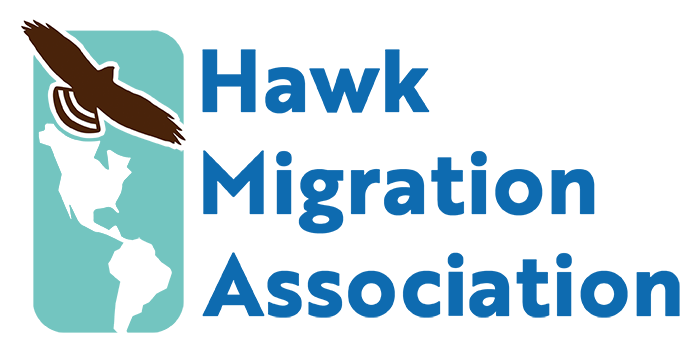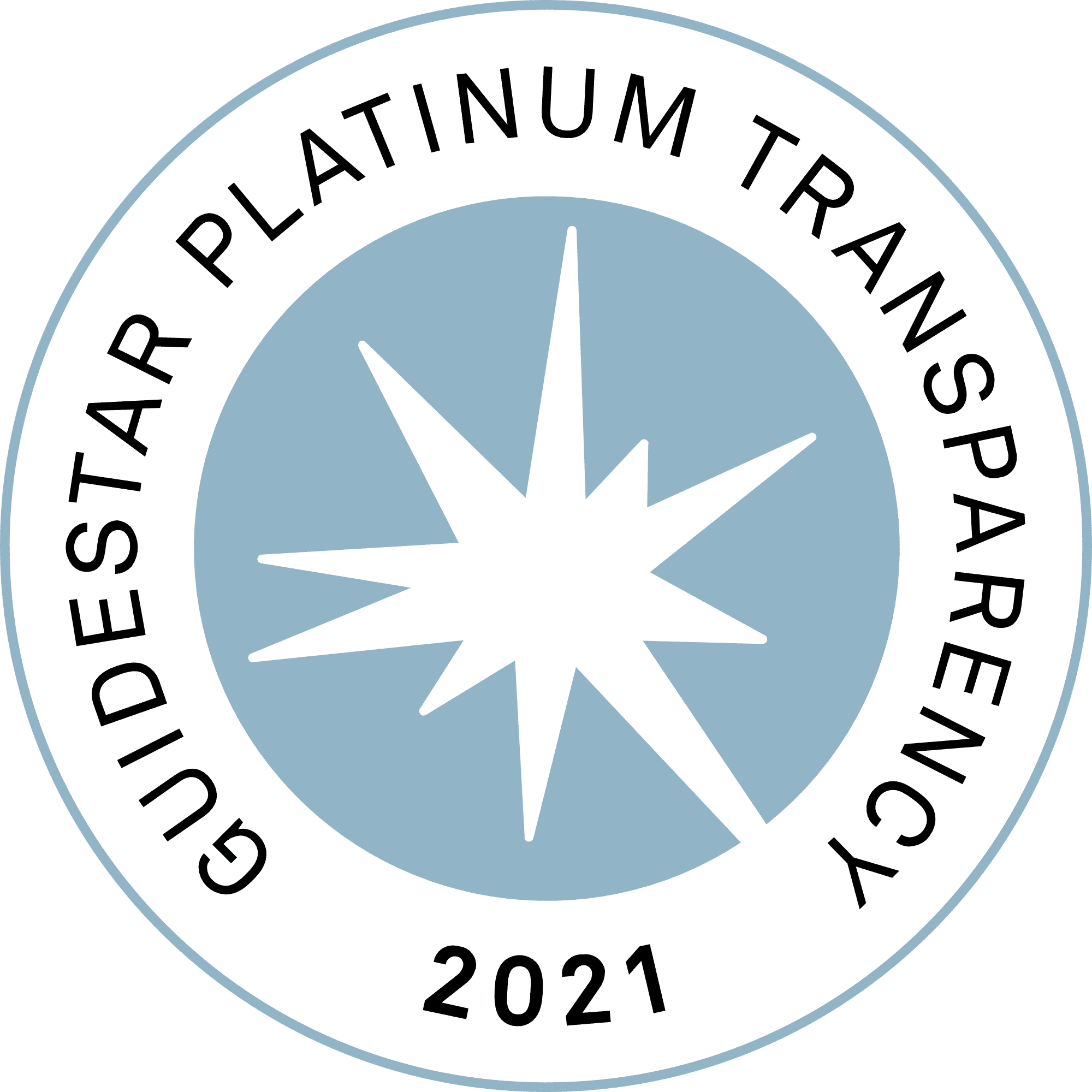Below is HMANA’s comment letter to U.S. Fish and Wildlife Service regarding proposed rule change extending the lifespan of incidental eagle-take permits from five to 30 years, under the Bald and Golden Eagle Protection Act:
Ms. Rachel Fisk Levin
Communications Coordinator and National Migratory Bird Treaty Centennial Team Leader
U.S. Fish and Wildlife Service Migratory Bird Program
5275 Leesburg Pike, MS:MB
Falls Church, VA 22041
Dear Ms. Fisk:
The Hawk Migration Association of North America (HMANA) opposes the extension of incidental eagle-take permit life-spans from five years to thirty years. Understanding, however, that the proposed rule change may have some conservation benefits and is likely to be implemented, HMANA urges that with implementation careful and rigorous attention be paid to the five-year compliance reviews associated with the permits as well as to the mandatory pre-construction studies, post-construction mortality monitoring and periodic continent-wide population assessments.
HMANA strongly supported the USFWS 2003 interim guidelines on the siting of industrial wind power projects, especially the stipulations that developers of industrial wind energy projects avoid known bird migration pathways and daily movement flyways, avoid features of the landscape known to attract raptors (such as ridge lines and coastlines), avoid areas formally designated as Important Bird Areas and avoid documented locations of any species protected under the federal Endangered Species Act. HMANA continues to argue that the best way to address risk to wildlife from commercial and industrial projects, including wind power development, is through appropriate siting.
The current USFWS efforts to influence developments that pose risks to wildlife have departed significantly from the 2003 guidelines, scrapping their important stipulations and also choosing to allow adherence to recently developed service guidelines, including detailed consultation with the USFWS, to be voluntary. The proposed revisions to the incidental eagle-take permitting process can act as a strategy to address problems with the voluntary nature of the guidelines by offering certain immunities from prosecution in exchange for project modifications that may diminish risk to the eagles.
The service’s intention to extend the life of incidental eagle take permits from five to 30 years may further encourage developers to engage with the USFWS through the permitting process. But HMANA feels this extension:
• may compromise the effectiveness of post-construction mortality monitoring
• may weaken the impact of the required public review of a project’s harm to eagles
• may diminish the standards for a project’s compliance with the conditions of the take permit.
Because of these concerns, HMANA has opposed the extension of the lifespan for take permits.
HMANA also is concerned about the effectiveness of compensatory mitigation, a key component of the revised incidental permitting process, and has gone on record as supporting mitigation efforts that directly address specific risks posed by projects rather than compensatory mitigation that theoretically may favorably affect eagle populations generally or in areas other than those where permitted projects are located.
But there may be significant ancillary benefits to the revised rule and some of the conditions that accompany it. Chief among these will be mandatory, not voluntary, two-year pre-construction studies that are coordinated with mandatory post-construction monitoring. Mandatory pre-construction studies and post-construction monitoring as requirements for permits are crucial to improving our understanding of the risks projects pose to eagles and other birds and to identifying those projects that need to be modified because of their documented danger. HMANA further supports the idea that such fieldwork studies, especially post-construction monitoring, should be performed by independent, fully qualified investigators that report directly to the USFWS, and not to the developers, although the cost for such monitoring should be born by the developers and levied as part of the application fee, or as a component of the compensatory mitigation, or through some other mechanism. Furthermore both completed pre-construction studies and results of post-construction monitoring must be made available to the public freely, without undue restrictions.
If the rule revision goes into effect, HMANA supports the broadly defined goal of maintaining stable or increasing breeding populations of bald and golden eagles. HMANA further supports the intention of protecting local area populations by limiting allowed take of local populations to less than 5% of local populations annually.
It’s difficult to support a conservation strategy that “allows” a take of 4,200 bald eagles annually, a significant increase over the 1,100 proposed as a take in 2009. The metrics presented in the eagle status report, published in conjunction with the proposed rule change, appear, however, to support that increase, arguing that that level of take will not compromise the maintenance of stable or increasing breeding populations. The hope is that this costly increase in take numbers buys better cooperation from developers and, as mentioned above, successfully implemented standardized pre-construction surveys and coordinated post-construction mortality studies. As sound as the metrics appear to be that support the take of 4,200 eagles annually, it is crucially important to monitor the actual populations to see if the allowed take does indeed not threaten the maintenance of stable or increasing breeding populations. The service proposes to perform this monitoring in six-year cycles, but makes an alarming qualification in the proposed revised permit regulations: The monitoring will be performed contingent on “appropriate funding” being available! The monitoring must be done and some way must be found, perhaps through added costs to the permit application fees, to guarantee that appropriate funding will be available to do that monitoring.
It does not appear that the service has consulted the findings of the Raptor Population Index project (RPI) in its estimates of eagle populations. The RPI is a joint initiative of HMANA, Hawk Mountain Sanctuary, Hawk Watch International and Bird Studies Canada that analyzes years of data gathered and reported to HMANA from hundreds of migration monitoring sites in North America (see hawkcount.org) and is currently updating population trends reported in its recent Status of North American Birds of Prey and on the HawkCount website. HMANA and its partners would be happy to work with the service to help make this RPI information accessible and helpful to the service in its periodic reassessments of continent-wide eagle populations.
Equally important as rigorous, consistent population monitoring will be thorough, transparent five-year reviews of each permit, reviews that fully involve public participation and scrutiny. At this point, it is unclear how those reviews will work. Funding and manpower may be an issue: does the service have the resources to assure the kind of review necessary to assure that the terms of the permit continue to be appropriate and have been consistently met? Furthermore, it remains unclear what will happen if permit conditions are discovered to be inappropriate or not sufficiently observed. If takings exceed limits established by the permit, what specifically will be the consequences? The proposed revision to the permit regulations is not clear on this; it is critical to address the ambiguity concerning consequences if the five-year reviews are unfavorable.
The service must further clarify the permit compliance and permit review process as to how complaints and violations are reviewed, who reviews them, how objectivity and transparency will be ensured, and what metrics will be used for decision making. Also, the service should consider creating opportunities for HMANA and other conservation organizations to be fully involved, up-front, in the reviews through a more effective mechanism than simply the observance of a comment period for the general public.
Thank you for your attention to HMANA’s concerns.
Sincerely,
Gil Randell, Co-Chair
Education and Conservation Committee
Hawk Migration Association of North America



